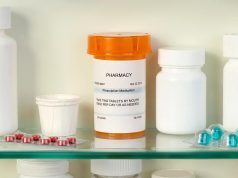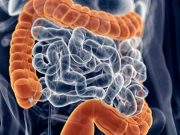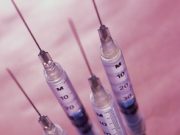Risk for Developing, Dying From Second Cancer Higher for Survivors
Adult-onset cancer survivors have greater risk for subsequent primary cancer; majority of these incidences are cancers associated with obesity or smoking
Higher Coffee Intake May Reduce Risk for Prostate Cancer
Pooled relative risk of 0.988 for each increment of one cup of coffee per day revealed in meta-analysis of cohort studies
Better Hospital Nurse Staffing Tied to Fewer Sepsis Deaths
Staffing more strongly tied to deaths than adherence to mandated sepsis care bundles
Overall Cancer Death Rates Decreased From 1991 to 2018
Pace of annual decline in lung cancer mortality increased from 2009-2013 to 2014-2018 for men, women, overall
Link Between T. gondii Infection, Glioma Risk Examined
Significant increase in glioma risk seen for those with higher antibody titers to the sag-1 antigen
Financial Toxicity Linked to QOL After Breast Cancer Surgery
Strongest correlation seen for BREAST-Q psychosocial well-being, with 0.89 change per unit change in financial toxicity score
Timing, Intensity of Oral Sex Are Risk Factors for HPV-OPC
Increased odds of human papillomavirus oropharyngeal cancer seen for younger age at first oral sex, oral sex intensity
Hydroxychloroquine Level Tied to Thrombosis Risk in Lupus
Rate of thrombotic events lower for patients with mean HCQ blood levels >1,068 versus <648 ng/mL
Colorectal Cancer Risk From Obesity Varies by Sex
Authors say more nuanced approach needed to understand link between body weight and risk for colorectal cancer
Vaccine Rollout Slows as Many Health Care Workers Balk at Shots
In nursing homes and to some degree in hospitals, employees are refusing shots, expressing fears of side effects



















